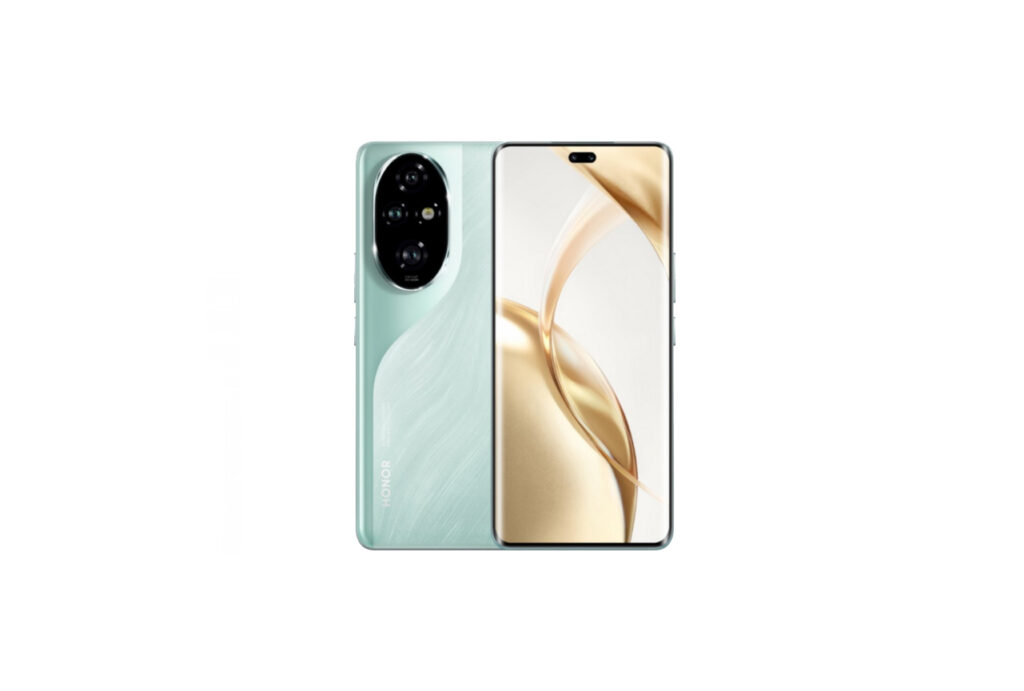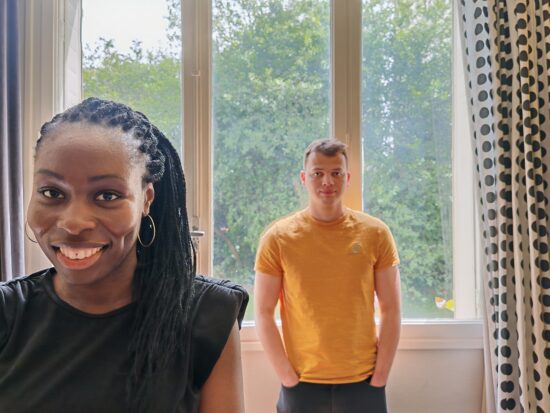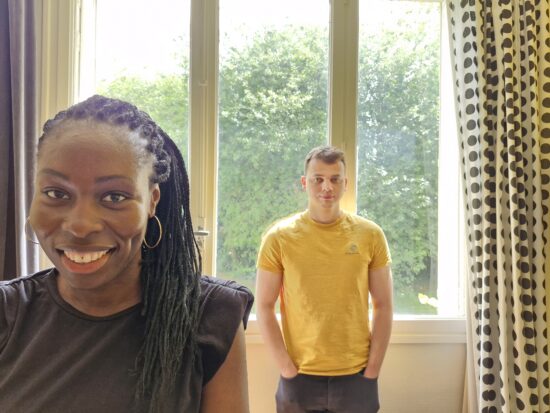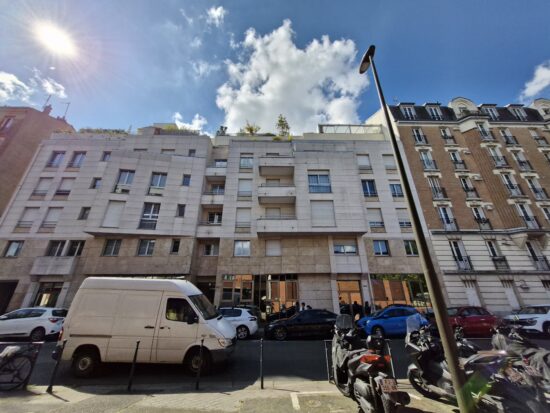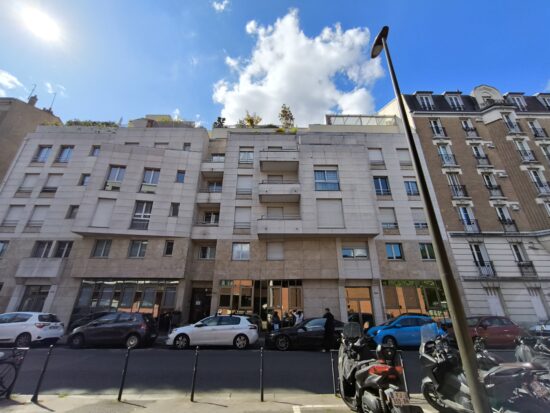We put the Honor 200 Pro through our rigorous DXOMARK Camera test suite to measure its performance in photo, video, and zoom quality from an end-user perspective. This article breaks down how the device fared in a variety of tests and several common use cases and is intended to highlight the most important results of our testing with an extract of the captured data.
Overview
Key camera specifications:
- Primary: 50MP, f/1.9 aperture lens, OIS, measured 27 mm effective focal length
- Ultra-Wide: 12MP, f/2.2 aperture lens, measured 16 mm effective focal length
- Tele: 50MP, f/2.4 aperture lens, OIS
Scoring
Sub-scores and attributes included in the calculations of the global score.
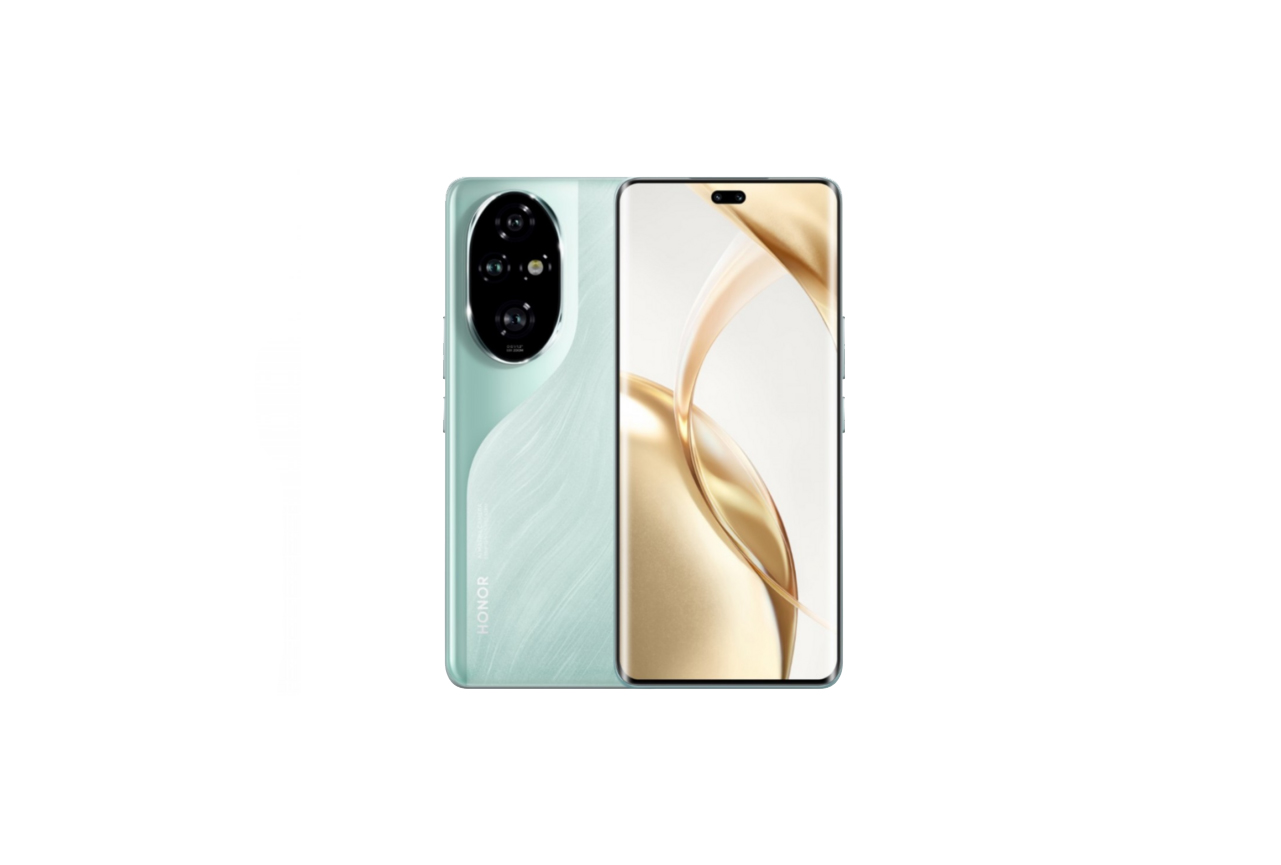
Honor 200 Pro


Use cases & Conditions
Use case scores indicate the product performance in specific situations. They are not included in the overall score calculations.
Outdoor
Photos & videos shot in bright light conditions (≥1000 lux)
Indoor
Photos & videos shot in good lighting conditions (≥100lux)
Lowlight
Photos & videos shot in low lighting conditions (<100 lux)
Friends & Family
Portrait and group photo & videos
 46th
46th 3rd
3rdPros
- Fast and accurate autofocus in all tested conditions
- Generally accurate target exposure in most tested conditions, with a fairly wide dynamic range for photo
- Fairly neutral white balance in outdoor photography
- Well-managed texture-noise tradeoff in outdoor conditions
- Well-preserved details on long-range shots
Cons
- Slightly low contrast in high dynamic scenes in photo
- Occasional color casts on photos, and a slight oversaturation in video, especially on red and orange colors and skin tones
- Generally low texture-noise compromise in indoor and low-light conditions with some chromatic noise
- Occasional artifacts such as flare, halos, and color quantization
The Honor 200 Pro is a versatile and capable smartphone, with a triple-camera setup that brings with it many imaging options. Honor calls its 200 Pro’s main 50 MP camera with an f/1.9 aperture a “studio-level portrait camera.”
Marketed as “the portrait master,” the device has the elements for providing good portraits, thanks to its reliable autofocus, accurate target exposure, and fairly wide dynamic range, even though some color instabilities were noted.
For colors, some occasional casts and skin-tone inaccuracies were sometimes visible. Images also contained some chromatic noise, particularly in low-light conditions. Strong backlit conditions could also result in a low contrast in images.
The Honor 200 Pro’s strong performances in autofocus, exposure, and well-controlled noise in video were offset by the inconsistencies in stabilization, which were apparent when shooting action videos when walking.
Test summary
About DXOMARK Camera tests: DXOMARK’s Camera evaluations take place in laboratories and in real-world situations using a wide variety of subjects. The scores rely on objective tests for which the results are calculated directly by measurement software on our laboratory setups, and on perceptual tests in which a sophisticated set of metrics allow a panel of image experts to compare aspects of image quality that require human judgment. Testing a smartphone involves a team of engineers and technicians for about a week. Photo, Zoom, and Video quality are scored separately and then combined into an Overall score for comparison among the cameras in different devices. For more information about the DXOMARK Camera protocol, click here. More details on smartphone camera scores are available here. The following section gathers key elements of DXOMARK’s exhaustive tests and analyses. Full performance evaluations are available upon request. Please contact us on how to receive a full report.
Photo
Honor 200 Pro
169
For scoring and analysis, DXOMARK engineers capture and evaluate more than 2,600 test images both in controlled lab environments and in outdoor, indoor and low-light natural scenes, using the camera’s default settings. The photo protocol is designed to take into account the main use cases and is based on typical shooting scenarios, such as portraits, family, and landscape photography. The evaluation is performed by visually inspecting images against a reference of natural scenes, and by running objective measurements on images of charts captured in the lab under different lighting conditions from 1 to 1,000+ lux and color temperatures from 2,300K to 6,500K.
The Honor 200 Pro’s autofocus was very good thanks to an efficient integration of the zero shutter lag technology. This kept the subject in focus down to low-light conditions. Facial details were fairly high with a well-controlled level of noise, particularly when taking photos outdoors. The extended dynamic range maintained a good level of detail on faces as well as the backgrounds even in difficult lighting conditions such as backlit shots.
However, colors were not always accurate in outdoor conditions, particularly the sky, and sometimes in low light. Challenging backlit scenes would result in images with slightly low contrast and lens flare. Chromatic noise could be visible, particularly in low light, along with some local loss of details.

Exposure
Honor 200 Pro
130

Color
Honor 200 Pro
130
Exposure and color are the key attributes for technically good pictures. For exposure, the main attribute evaluated is the brightness of the main subject through various use cases such as landscape, portrait, or still life. Other factors evaluated are the contrast and the dynamic range, eg. the ability to render visible details in both bright and dark areas of the image. Repeatability is also important because it demonstrates the camera's ability to provide the same rendering when shooting several images of the same scene.
For color, the image quality attributes analyzed are skin-tone rendering, white balance, color shading, and repeatability. For color and skin tone rendering, we penalize unnatural colors but we respect a manufacturer's choice of color signature.

Autofocus
Honor 200 Pro
125
Autofocus tests concentrate on focus accuracy, focus repeatability, shooting time delay, and depth of field. Shooting delay is the difference between the time the user presses the capture button and the time the image is actually taken. It includes focusing speed and the capability of the device to capture images at the right time, what is called 'zero shutter lag' capability. Even if a shallow depth of field can be pleasant for a single subject portrait or close-up shot, it can also be a problem in some specific conditions such as group portraits; Both situations are tested. Focus accuracy is also evaluated in all the real-life images taken, from infinity to close-up objects and in low light to outdoor conditions.

Texture
Honor 200 Pro
125
Texture tests analyze the level of details and the texture of subjects in the images taken in the lab as well as in real-life scenarios. For natural shots, particular attention is paid to the level of details in the bright and dark areas of the image. Objective measurements are performed on chart images taken in various lighting conditions from 1 to 1000 lux and different kinds of dynamic range conditions. The charts used are the proprietary DXOMARK chart (DMC) and the Dead Leaves chart.

Noise
Honor 200 Pro
117
Noise tests analyze various attributes of noise such as intensity, chromaticity, grain, structure on real-life images as well as images of charts taken in the lab. For natural images, particular attention is paid to the noise on faces, landscapes, but also on dark areas and high dynamic range conditions. Noise on moving objects is also evaluated on natural images. Objective measurements are performed on images of charts taken in various conditions from 1 to 1000 lux and different kinds of dynamic range conditions. The chart used is the Dead Leaves chart and the standardized measurement such as Visual Noise derived from ISO 15739.

Artifacts
Honor 200 Pro
82
The artifacts evaluation looks at lens shading, chromatic aberrations, geometrical distortion, edges ringing, halos, ghosting, quantization, unexpected color hue shifts, among others type of possible unnatural effects on photos. The more severe and the more frequent the artifact, the higher the point deduction on the score. The main artifacts observed and corresponding point loss are listed below.
Bokeh
Honor 200 Pro
85
Bokeh is tested in one dedicated mode, usually portrait or aperture mode, and analyzed by visually inspecting all the images captured in the lab and in natural conditions. The goal is to reproduce portrait photography comparable to one taken with a DLSR and a wide aperture. The main image quality attributes paid attention to are depth estimation, artifacts, blur gradient, and the shape of the bokeh blur spotlights. Portrait image quality attributes (exposure, color, texture) are also taken into account.
For portraits, we tested the device in aperture mode using the vibrant color option, which is its default setting. In our test, the Honor 200 Pro efficiently isolated the subject and showed accurate depth estimation.
Preview
Honor 200 Pro
93
Preview tests analyze the image quality of the camera app's preview of the image, with particular attention paid to the difference between the capture and the preview, especially regarding dynamic range and the application of the bokeh effect. Also evaluated is the smoothness of the exposure, color and focus adaptation when zooming from the minimal to the maximal zoom factor available. The preview frame rate is measured using the LED Universal Timer.
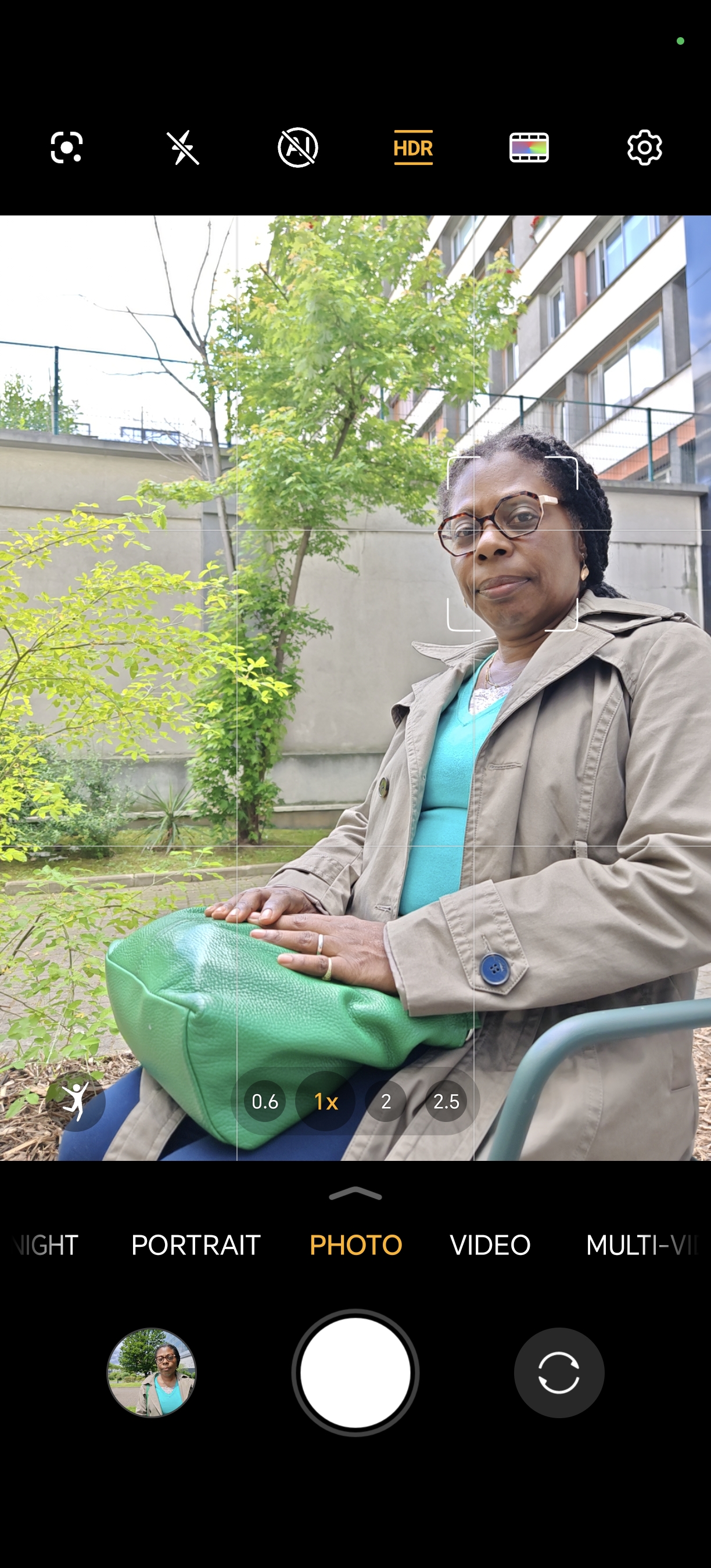

Zoom
Honor 200 Pro
169
DXOMARK engineers capture and evaluate over 400 test images in controlled lab environments and in outdoor, indoor, and low-light natural scenes, using the camera’s default settings and pinch zoom at various zoom factors from ultra wide to very long-range zoom. The evaluation is performed by visually inspecting the images against a reference of natural scenes, and by running objective measurements of chart mages captured in the lab under different conditions from 20 to 1000 lux and color temperatures from 2300K to 6500K.
The Honor 200 Pro’s zoom capabilities were quite good. The minimum focal length of the ultra-wide lens measured 15.8 mm, offering a field of view of 112 degrees, which is slightly less than some of its competitors. Images contained a good level of details, despite the slightly limited field of view.
With a 2.5x optical zoom, the level of image details remained quite high up to 70mm. Beyond that, the image quality of the tele zoom somewhat decreased under digital zoom, although the level of details was acceptable even at long range.
In the tested video mode (4K at 60fps), the ultrawide camera is not available, which affects the zoom video user experience. However, in the video zoom’s tele mode, details were generally well preserved.

Wide
Honor 200 Pro
122
These tests analyze the performance of the ultra-wide camera at several focal lengths from 12 mm to 20 mm. All image quality attributes are evaluated, with particular attention paid to such artifacts as chromatic aberrations, lens softness, and distortion. Pictures below are an extract of tested scenes.

Tele
Honor 200 Pro
128
All image quality attributes are evaluated at focal lengths from approximately 40 mm to 300 mm, with particular attention paid to texture and detail. The score is derived from a number of objective measurements in the lab and perceptual analysis of real-life images.
Video
Honor 200 Pro
159
DXOMARK engineers capture and evaluate more than 2.5 hours of video in controlled lab environments and in natural low-light, indoor and outdoor scenes, using the camera’s default settings. The evaluation consists of visually inspecting natural videos taken in various conditions and running objective measurements on videos of charts recorded in the lab under different conditions from 1 to 1000+ lux and color temperatures from 2,300K to 6,500K.
In video, we tested the Honor 200 Pro in 4K at 60 fps. Video exposure was good, but color was sometimes inaccurate in indoor or low-light conditions.
Autofocus was accurate and smooth. While noise was generally well-managed, but the level of details was slightly low, despite being in 4K.
The Honor 200 Pro’s lacked video stabilization when compared with its competitors, with frame shifts and residual motion.

Exposure
Honor 200 Pro
116

Color
Honor 200 Pro
120
Exposure tests evaluate the brightness of the main subject and the dynamic range, eg. the ability to render visible details in both bright and dark areas of the image. Stability and temporal adaption of the exposure are also analyzed.
Image-quality color analysis looks at color rendering, skin-tone rendering, white balance, color shading, stability of the white balance and its adaption when light is changing.

Texture
Honor 200 Pro
118
Texture tests analyze the level of details and texture of the real-life videos as well as the videos of charts recorded in the lab. Natural videos recordings are visually evaluated, with particular attention paid to the level of details in the bright and areas as well as in the dark. Objective measurements are performed of images of charts taken in various conditions from 1 to 1000 lux. The charts used are the DXOMARK chart (DMC) and Dead Leaves chart.

Noise
Honor 200 Pro
120
Noise tests analyze various attributes of noise such as intensity, chromaticity, grain, structure, temporal aspects on real-life video recording as well as videos of charts taken in the lab. Natural videos are visually evaluated, with particular attention paid to the noise in the dark areas and high dynamic range conditions. Objective measurements are performed on the videos of charts recorded in various conditions from 1 to 1000 lux. The chart used is the DXOMARK visual noise chart.

Stabilization
Honor 200 Pro
119
Stabilization evaluation tests the ability of the device to stabilize footage thanks to software or hardware technologies such as OIS, EIS, or any others means. The evaluation looks at residual motion, smoothness, jellow artifacts and residual motion blur on walk and run use cases in various lighting conditions. The video below is an extract from one of the tested scenes.

Artifacts
Honor 200 Pro
86
Artifacts are evaluated with MTF and ringing measurements on the SFR chart in the lab as well as frame-rate measurements using the LED Universal Timer. Natural videos are visually evaluated by paying particular attention to artifacts such as aliasing, quantization, blocking, and hue shift, among others. The more severe and the more frequent the artifact, the higher the point deduction from the score. The main artifacts and corresponding point loss are listed below.


